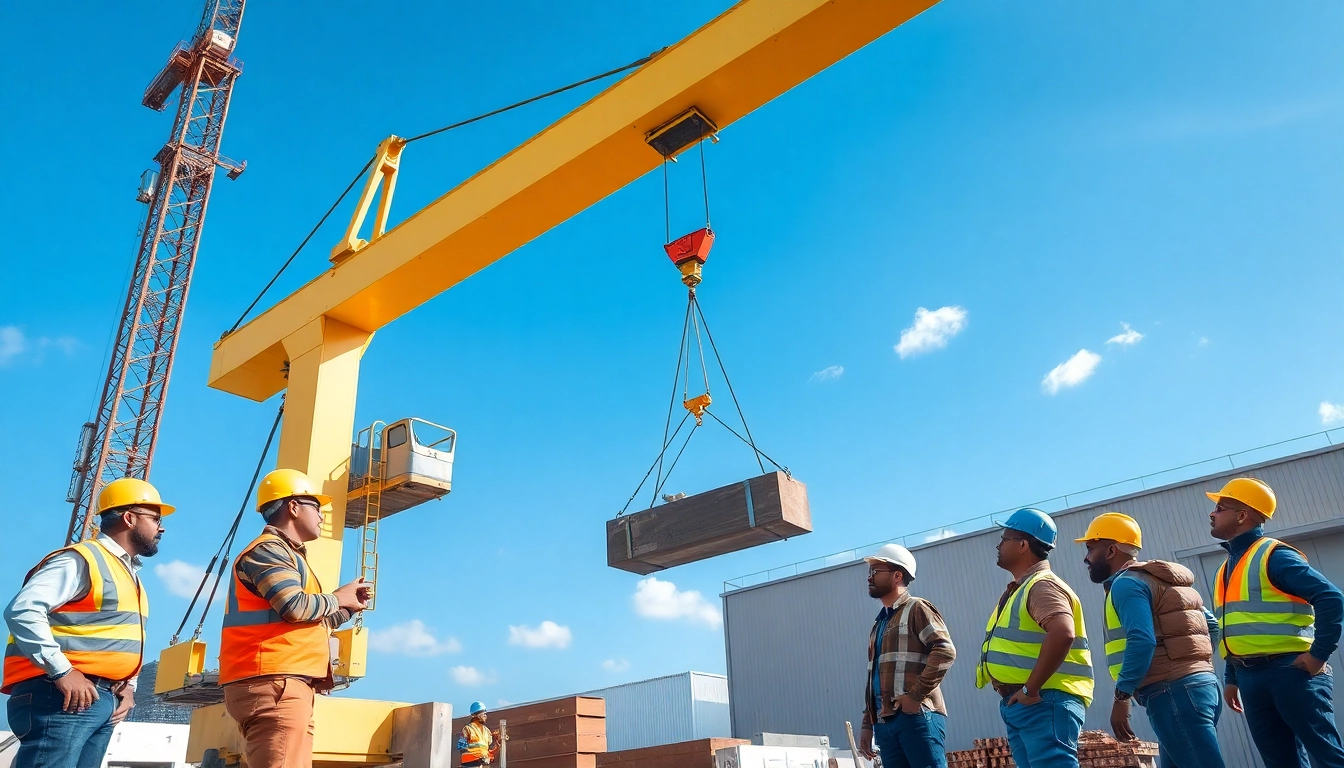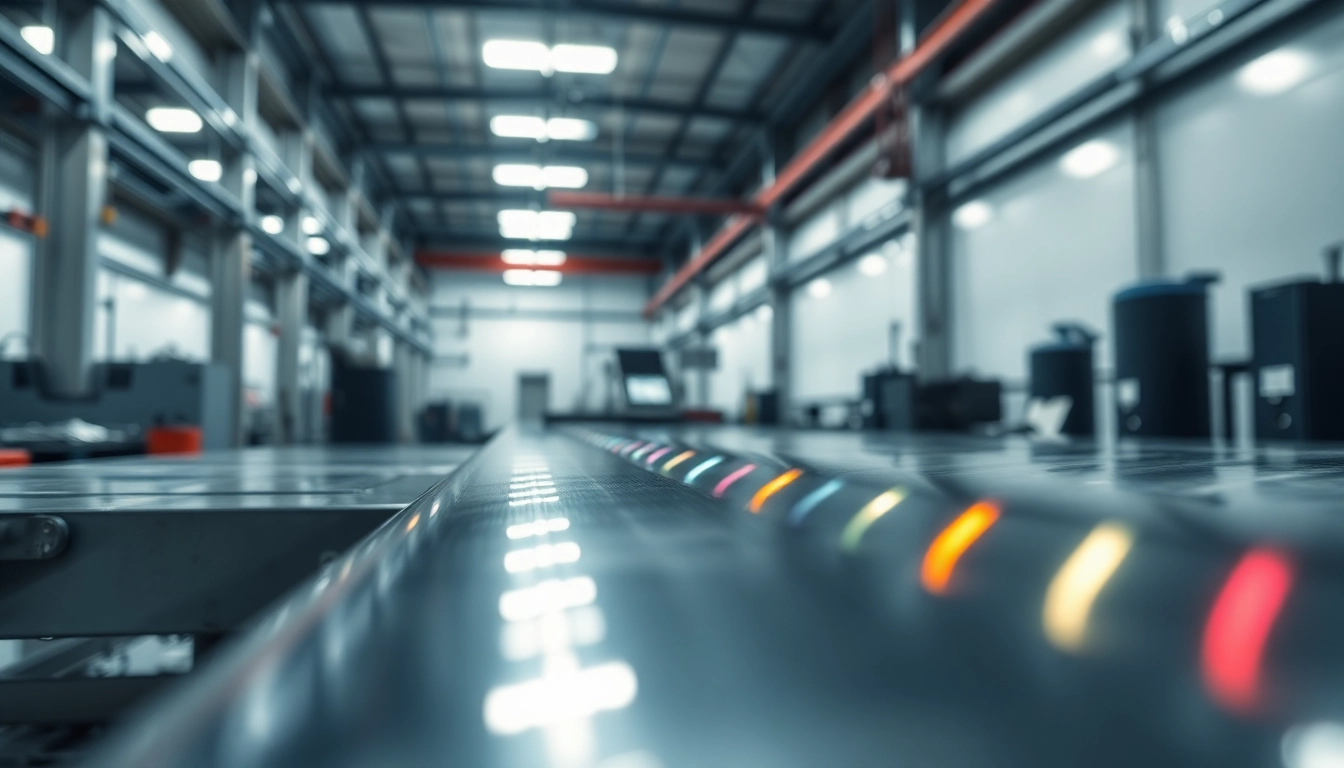Understanding Ozone Gas Detectors
What is an Ozone Gas Detector?
An ozone gas detector is a specialized instrument designed to monitor and measure levels of ozone (O3), a colorless gas known for its distinct smell and presence in both the Earth’s atmosphere and indoor environments. This gas is critical in various scientific and industrial processes, yet it can pose serious health risks at elevated concentrations. Ozone gas detectors are integral to ensuring safety standards across sectors such as healthcare, agriculture, and manufacturing. These devices provide essential data to protect human health and the environment from the adverse effects of ozone exposure. When considering an ozone gas detector, one may look to resources like Ozone gas detector offerings for reliable options tailored to specific needs.
How Ozone Gas Detectors Work
Ozone gas detectors operate through various technologies, primarily employing electrochemical, ultraviolet (UV), or photometric processes for detection. The most common type, electrochemical sensors, relies on a chemical reaction that occurs when ozone interacts with the sensor’s electrodes, producing an electrical current proportional to the concentration of ozone present in the air. This current is then converted into a readable value displayed on the device. UV-based detectors measure ozone levels by assessing the absorption of UV light at specific wavelengths. Photometric detectors analyze the light scattered by ozone molecules to determine concentration. These technologies not only offer real-time data but also enhance features such as alarm systems that alert users when ozone levels exceed predetermined thresholds.
Key Features of Modern Ozone Gas Detectors
Contemporary ozone gas detectors integrate advanced features to enhance usability and performance. Key characteristics include:
- Portable Applications: Many modern devices are designed to be lightweight and portable, catering to users who require mobility in their monitoring tasks.
- Real-time Monitoring: These detectors continuously track ozone levels, providing immediate feedback and alerts, which is essential for safety in workplaces.
- Data Logging: Advanced units have the capability to log data over time, allowing users to analyze trends in ozone concentration, which can be crucial for environmental assessments.
- Alarm Functions: Visual and auditory alarms notify users when ozone levels exceed safe limits, ensuring proactive measures can be adopted.
- User-friendly Interfaces: Digital displays and straightforward navigation systems improve the ease of use, making these detectors accessible to a diverse range of users.
Importance of Ozone Monitoring in Various Industries
Ozone Levels in Indoor Air Quality
Indoor air quality (IAQ) significantly impacts health, productivity, and overall quality of life. Ozone, in low concentrations, can facilitate air purification; however, higher levels can lead to respiratory problems, headaches, and exacerbation of asthma symptoms. Monitoring ozone levels becomes crucial in enclosed environments such as offices, healthcare facilities, and schools where individuals might be exposed to higher concentrations over extended periods. Implementing ozone gas detectors in these spaces helps maintain the balance between effective air quality management and safeguarding occupants’ health.
Industrial Applications of Ozone Gas Detectors
Industries such as food processing, wastewater treatment, and chemical manufacturing utilize ozone for its powerful oxidation capabilities. In food processing, ozone effectively disinfects surfaces and extends the shelf life of products. Continuous monitoring of ozone levels helps prevent the accumulation of the gas, ensuring worker safety while allowing industrial operations to utilize the benefits without risk. In wastewater treatment, ozone plays a critical role in disinfecting water and reducing microbial load. Therefore, deploying ozone gas detectors in these industries is not only a regulatory requirement in many areas but also a best practice for operational safety.
Environmental Impact and Regulations
The monitoring of ozone is not solely for occupational safety; environmental regulations also mandate adherence to specific ozone levels due to its role as a greenhouse gas and a significant component of smog. Regulatory bodies like the Environmental Protection Agency (EPA) set limits on ozone concentrations to mitigate its environmental impact. Employing ozone gas detectors is essential for compliance with these regulations, allowing companies to demonstrate environmentally responsible practices and avoid potential fines or penalties associated with non-compliance.
Selecting the Right Ozone Gas Detector for Your Needs
Types of Ozone Gas Detectors Available
Understanding the various types of ozone gas detectors available is fundamental when selecting the right device. Detectors can be categorized into three main types:
- Personal Ozone Monitors: Designed for individual use, these compact devices can be worn by workers in hazardous environments to provide real-time data on ozone exposure.
- Fixed Ozone Monitoring Systems: These permanent installations monitor ozone levels in a specific area, ideal for industrial applications or locations with high foot traffic.
- Portable Ozone Detectors: Versatile and easy to transport, these detectors are suitable for various scenarios, ranging from environmental testing to emergency response.
Factors to Consider When Choosing a Detector
Choosing the right ozone gas detector involves evaluating several critical factors, including:
- Detection Range: Ensure that the detector can measure the expected range of ozone concentrations for your specific application.
- Response Time: A detector’s response time can vary; therefore, opt for one that delivers rapid feedback in high-risk environments.
- Calibration Requirements: Assess the calibration protocols preferred by the manufacturer to ensure ease of maintenance and accuracy over time.
- Battery Life: In portable applications, battery longevity is vital; choose detectors with a robust battery life for uninterrupted monitoring.
Comparative Analysis of Leading Brands
Several brands dominate the ozone gas detector market, offering unique features and assurances:
- Brand A: Known for its advanced data logging capabilities and user-friendly interface, this brand is ideal for industries requiring long-term monitoring.
- Brand B: With an emphasis on portability, Brand B devices are lightweight and offer excellent battery life, suitable for environmentalists and inspectors.
- Brand C: This brand focuses on high precision and fast response time, making these detectors perfect for immediate safety applications in manufacturing.
How to Properly Use and Maintain Ozone Gas Detectors
Installation Best Practices
Efficient installation of ozone gas detectors is essential for reliable monitoring. Follow these best practices:
- Site Selection: Choose installation sites that are representative of the environments being monitored, avoiding areas prone to dust or moisture.
- Mounting Height: Install detectors at the correct height, typically between 3 to 6 feet above the ground, for optimal air sampling.
- Clearance Space: Maintain adequate clearance around the detector to avoid obstructions that could impede air flow.
Routine Calibration and Maintenance
Consistent calibration and maintenance ensure accuracy in ozone readings. Recommendations include:
- Regular Calibration: Adhere to the manufacturer’s calibration schedule, usually every 6 to 12 months, depending on usage and environmental factors.
- Cleaning: Clean sensor housing to prevent grime build-up that could affect readings, using only recommended cleaning agents.
- Battery Checks: Regularly inspect batteries and replace them as necessary to maintain performance.
Common User Challenges and Solutions
Users often encounter challenges when operating ozone gas detectors. Here are common issues and their solutions:
- False Alarms: Change in environmental conditions may cause false alarms. Re-calibrating the device can mitigate this issue.
- Data Interpretation: Some users struggle with data analysis; therefore, training on data interpretation can empower users to make informed decisions.
- Technical Malfunctions: Regular maintenance allows for the early identification of technical issues, ensuring concerns are addressed promptly.
The Future of Ozone Gas Detection Technology
Emerging Trends in Detection Technology
The advancement of technology continuously shapes ozone gas detection methodologies, resulting in several emerging trends:
- Miniaturization: Advances in technology are leading to smaller, highly sensitive devices that maintain accuracy without taking up excessive space.
- Smart Sensors: Future devices will incorporate more sophisticated algorithms, increasing their ability to differentiate between various gas types.
- Integration with Wearable Tech: As personal safety gear becomes more prevalent, the integration of ozone detectors in wearable devices will enhance convenience for industrial workers.
Integrating IoT with Ozone Monitoring Systems
The Internet of Things (IoT) is transforming ozone monitoring systems, allowing for interconnected devices that communicate in real-time. This allows for:
- Remote Monitoring: Users can monitor ozone levels from anywhere, facilitating rapid response to hazardous conditions.
- Data Sharing: Integration with cloud-based platforms enables sharing data across teams, improving decision-making processes within organizations.
- Predictive Analytics: With the ability to analyze historical data trends, IoT-enhanced detectors can predict ozone level fluctuations, offering advanced warning systems.
Case Studies on Advanced Applications
Several industries demonstrate the successful application of modern ozone gas detectors, such as:
- Case Study 1: A food production facility implemented a fixed ozone monitoring system to ensure compliance with safety standards, resulting in a significant reduction in ozone-related health incidents among employees.
- Case Study 2: A wastewater treatment plant adopted portable ozone detectors, allowing for timely interventions during treatment processes, ultimately improving efficiency and safety.
- Case Study 3: In a research laboratory, integrating IoT with ozone detectors allowed for real-time monitoring and alerts, facilitating enhanced safety protocols.



